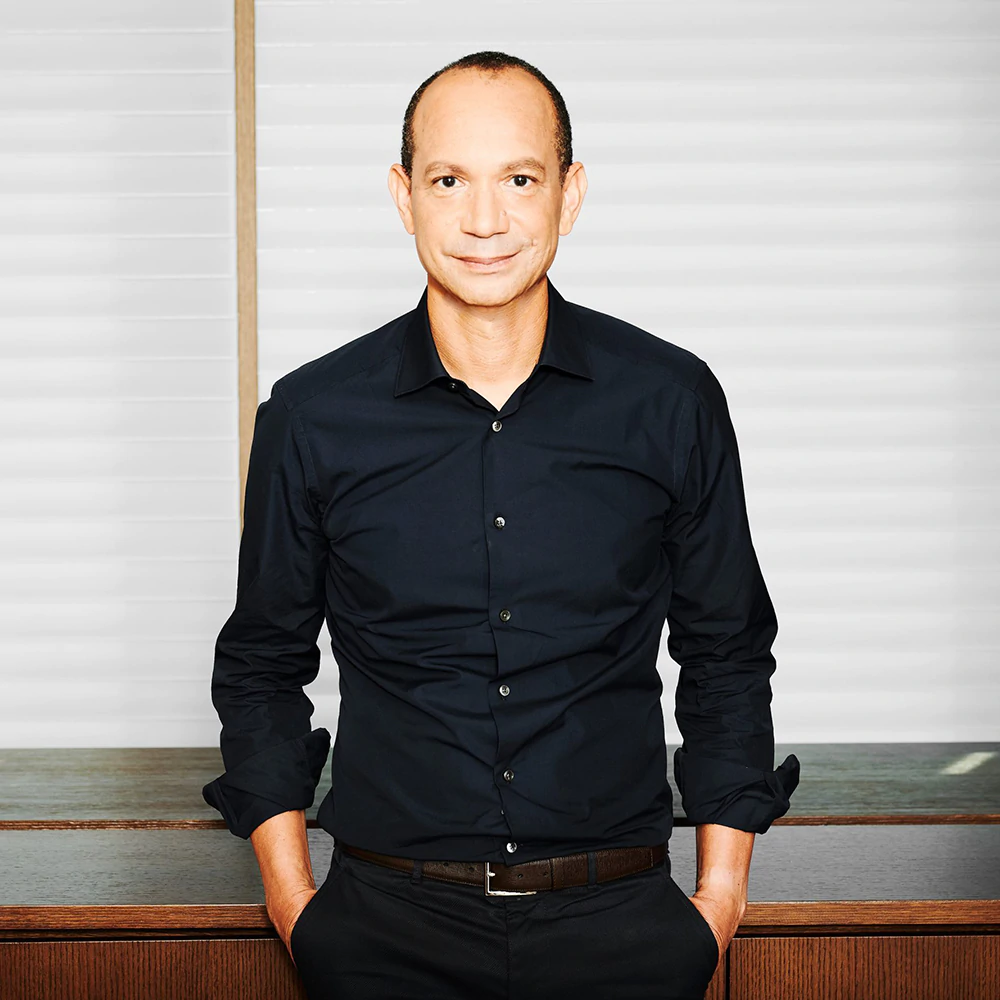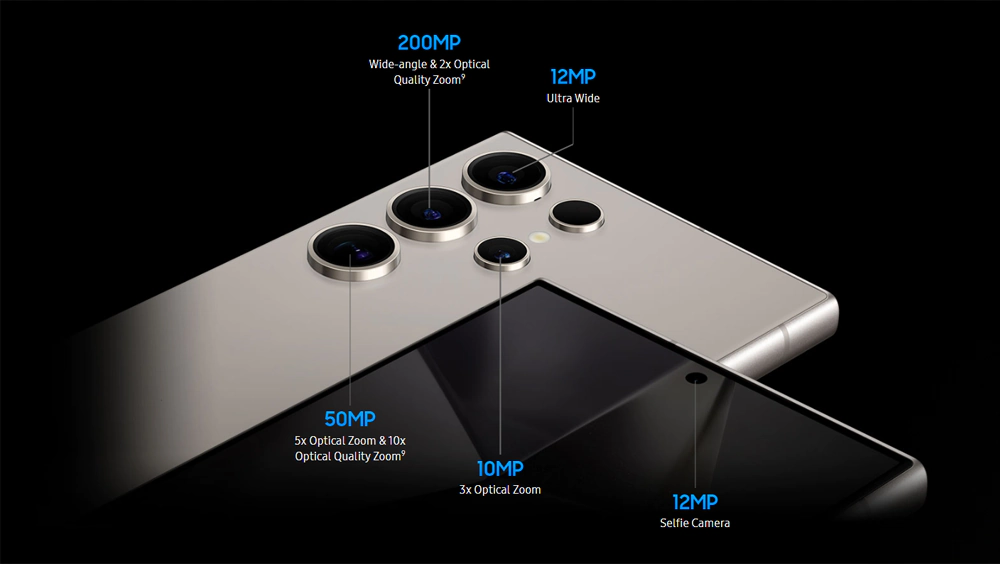Generative AI has taken the world by storm, and Samsung is one of the many companies that experiment, develop, and market generative AI to enhance the functionality of their products.
But when AI becomes better and steps a bit too far, the boundaries between real and unreal start to fade, and this raises concerns.
With the market literally littered with increasingly powerful smartphones, and that Samsung showed off a series of AI-powered software capabilities it collectively calls the Galaxy AI, and has integrated into the Galaxy S24 series of phones, some people start to worry.
AI is making it extremely easy for anyone to seamlessly create the perfect photo, automatically or through simple edits. Generative AI goes even further, by allowing users to produce something that isn't there in the first place.
According to Patrick Chomet, the EVP and Head of Customer Experience at Samsung, consumers have two, sometimes competing, desires when taking a photo. One is wanting to capture the moment – that is, to take a picture that's as accurate and complete as possible. The other is wanting to make something new.
Because capturing the very perfect moment is next to impossible, AI can help.

Speaking to TechRadar, Patrick Chomet admits that all pictures taken from a digital camera are recreated using sensors, and tampered with by advanced algorithms.
"There was a debate around what constitutes a real picture. And actually, there is no such thing as a real picture."
"As soon as you have sensors to capture something, you reproduce [what you’re seeing], and it doesn’t mean anything. There is no real picture. You can try to define a real picture by saying, ‘I took that picture’, but if you used AI to optimize the zoom, the autofocus, the scene – is it real? Or is it all filters? There is no real picture, full stop."
What Chomet is trying to say is that, Chomet there are no real pictures in this day and age.
At first, Chomet is right all along.
The old and traditional way of capturing an image, the process involves a photo film, which is a flexible, transparent plastic coated with a light-sensitive material. When the camera takes a photo, light travel through the lens to focus on the film, and the duration of film is exposed to the light is controlled by the shutter.
The chemical inside the film reacts to the light exposure, and it's the intensity and duration of the light exposure determine how much the chemical in the film is affected.
Then, the film needs to be developed to bring out the visible image, and this is done using a series of chemical baths.
After washing, the film is left with developed image.
Modern cameras, have digitalized the whole process.
While they still have similar parts, like the lens and the shutter, these cameras replace films with a sensor, a processor, and a storage system.
And in more modern devices, practically all smartphones of all brands use multi-frame capture techniques to reduce noise, improve brightness, and capture a wider dynamic range. They also automatically recognize scenes to adjust colors, contrast, skin tones, textures, and white balance.
And to make photos stand out even more, some smartphones can also tweak certain parts of an image, like making the sky bluer, and the grass greener, in order to make them appear more attractive.
All of these happen inside the processor, the very place where the magic happens, and where algorithms and/or AI reside.

This is why images made by digital photography, including smartphones, are essentially images that are reproduced.
This is why no photos taken from digital cameras are real.
" [...] nothing is true, everything is permitted."
And AI is there to help capture "the moment," and a way to create "a new reality."
But the bigger idea here is that, Chomet is addressing head-on concerns that are wider than just new features for a smartphone.
Generative AI needs to be regulated, and governments are right to be concerned about its capabilities.
Chomet said that watermarks can help users understand the difference between real and AI-generated images.
" [...] like anything, it can be used in good and bad ways," he said.